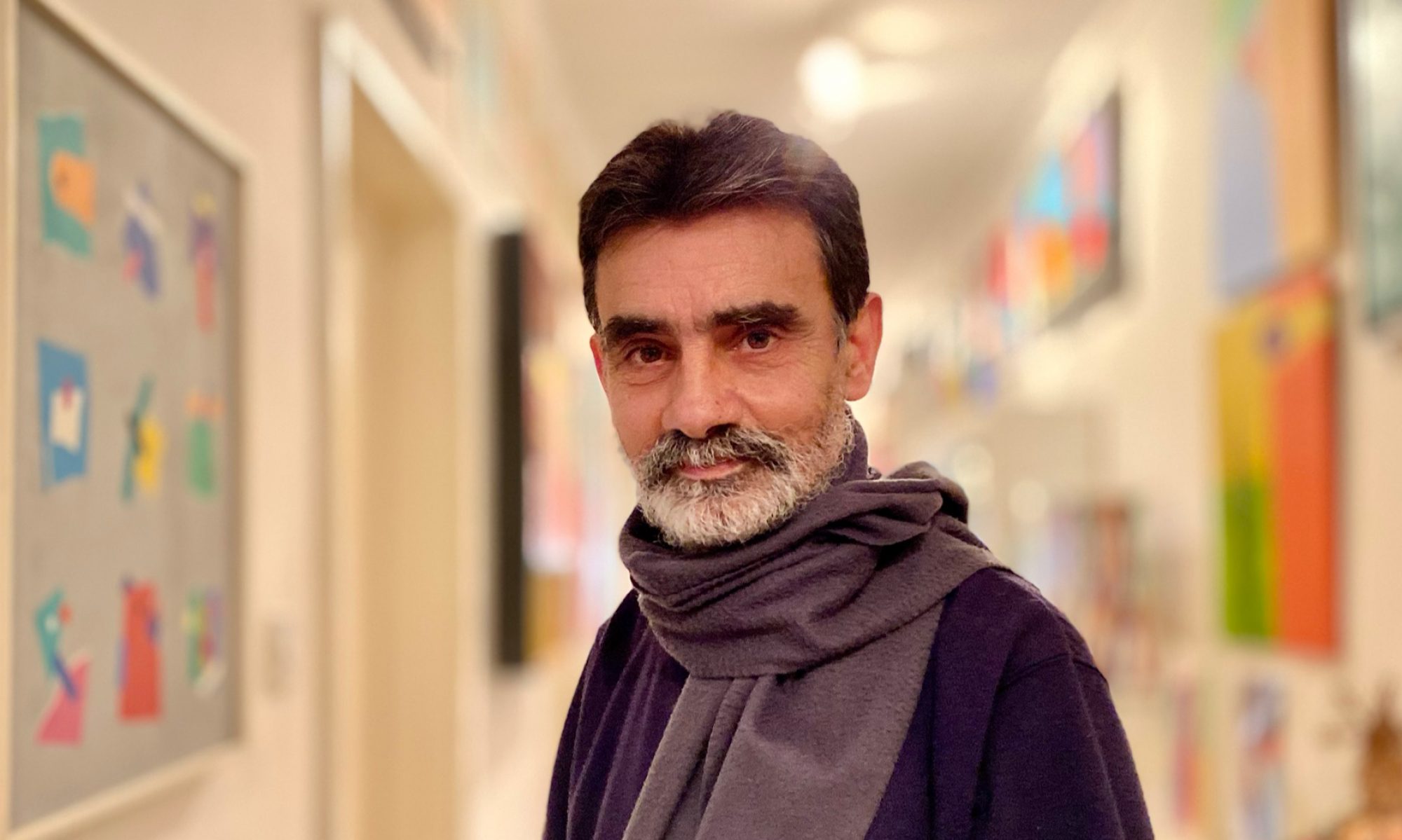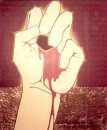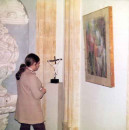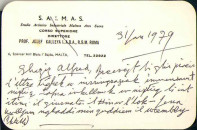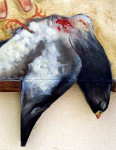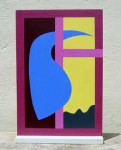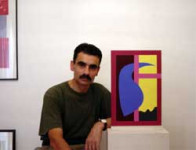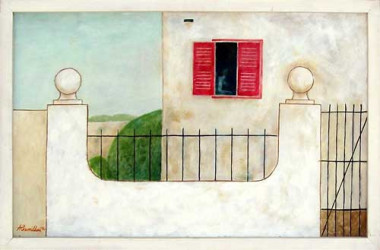My new experience in technical teaching immediately felt a fulfilling one, at the same time it afforded a relevant stimulus in the applied techniques of my art practice. Looking for participation in collective exhibitions, my first contributions in public art exhibitions were mainly of a religious nature. In the very early seventies, exhibitions of Sacred Art were organized at the annexe of St. John’s Co-Cathedral in Valletta. On one of these events I submitted a large pop art version of The Crucifixion using houshold paint and gold candy wrappers. Years ago I disposed of this work for some reason that I cannot recall.
In later years such Sacred Art exhibitions were being organized at the Cathedral Museum in Mdina. In the 1973 exhibition, I participated with a forty-five centimetre wax crucifix – a skinny, twisted, gnarled figure, with a painful and submissive expression.
This led to my first sale. The buyer, an English lady who had to leave the island, handed a letter together with the money to the priest in charge . In her letter she expressed her appreciation of my sculpture by describing it as “awe-inspiring” and explained how in my crucifix she had found something for which she had been looking for, for a long time.
During the late seventies, my interest in religious art was also nurtured by occasional encounters with the artist Josef Kalleya (1898-1998), already then in his 80s. I came to know Kalleja through my friendship with artist Caeser Attard. Our meetings, while strolling along Strada Rjali (Republic Street) or over a cappuccino, were always and naturally centered round his theological and eschatological ideas, his favourite subjects in his artistic oeuvre. Kalleya indelibly impressed me with his unique humility, his philosophy and positive attitude towards life and his sincere friendship.
Though my early work during this period mostly included the non-religious and the profane, basically figurative and mostly imaginative I was already feeling much more concerned with the compositional elements of painting rather than the subject itself. I was more interested in exploring such elements which I believe are at the basis of most of the underlying structures of my works.
Peace Now, dated 1977, shows one of my first tentative and a rather intuitive approach towards the structure of the surface area of my canvas. The impasto and sand-textured wall in the painting is significantly important for its compositional element. The ‘wall’ draws a straight horizontal at approximately one-third the canvas height. This line is bordering between two distinct dimensional areas of the painting. These are the upper blue part receding into the distance and the lower tactile part advancing towards the viewer. The figure of the boy painfully stretching his arm to reach the wounded dove is a further link between the background and foreground, the top and bottom areas of my canvas.
An observation by my son, Adrian, made me aware of a common conceptual link in the composition of this painting (1977) and a free-standing abstract I made in 1994, called Dynamics of a Blue Figure. The intuitive connotation with one another is surprisingly and convincingly evident. The same play of depth is now with purely abstract forms.
This divisional element is also explored in a previous oil painting called Front View, dated 1976, in which I engraved a number of lines on the surface of my painting board. The flat panel-like surfaces, its bold vertical and horizontal structure, its indication of further depth beyond the surface (the dark interior) as a focal point are in themselves early representations of my ongoing, primary concern with the planar elements of the surface of the painting.
Works from the seventies and a few from 1980 were exhibited in my first solo exhibition at Gallerija Fenici, Valletta, in 1980. The gallery, directed by Norbert Attard and George Glanville was housed in the premises of the Mediterranean Conference Centre. Closing down in 1984 it must have been one of the earliest private galleries showcasing contemporary art on the island, .
Looking back, I can now adequately place such paintings, together with others, within this general idea which has visibly commanded much of my work since then. Moreover, I feel that the presence of such bold, linear traits in such works, together with a confronting flatness, might also be somehow linked to my early visual impressions.
I believe that my growing up in Valletta may have impressed on my imagination an indelible visual experience of walls, facades, street corners and high bastions in a particular way. I think it is only natural that the physical environment in which one is born and brought up may play a substantial part within one’s roots and that in a genuine creative process in the visual arts, such may surface one way or another.
